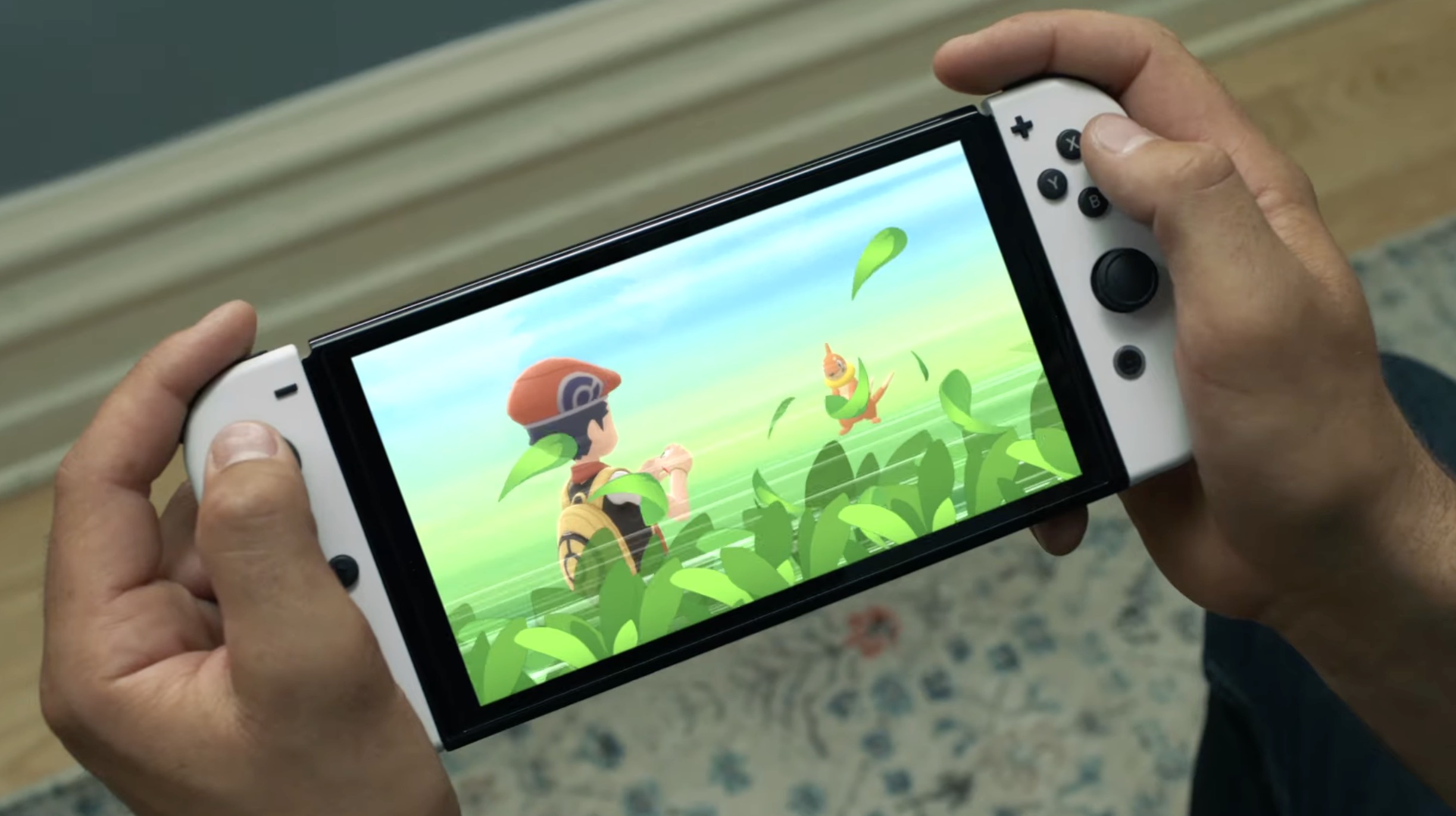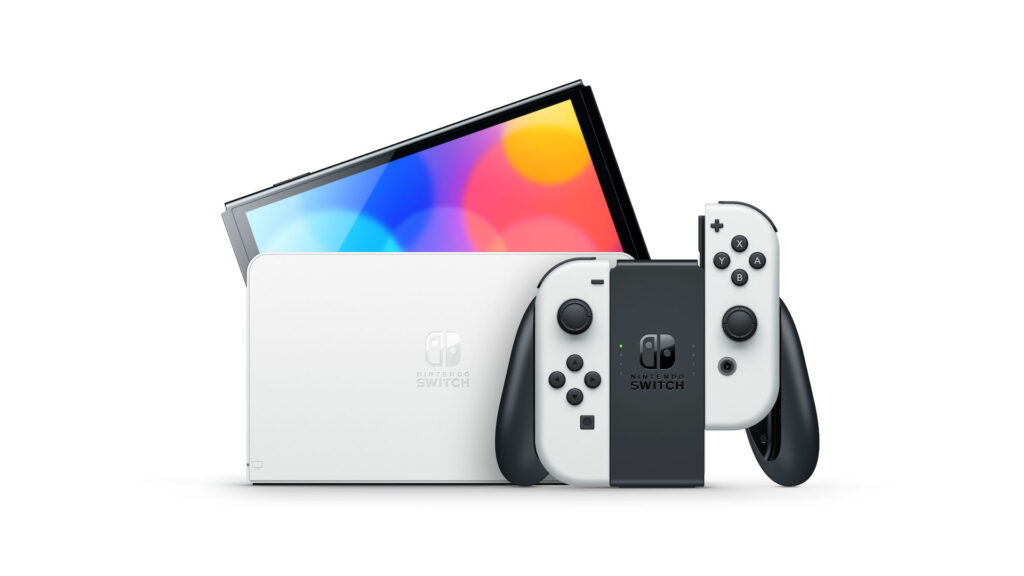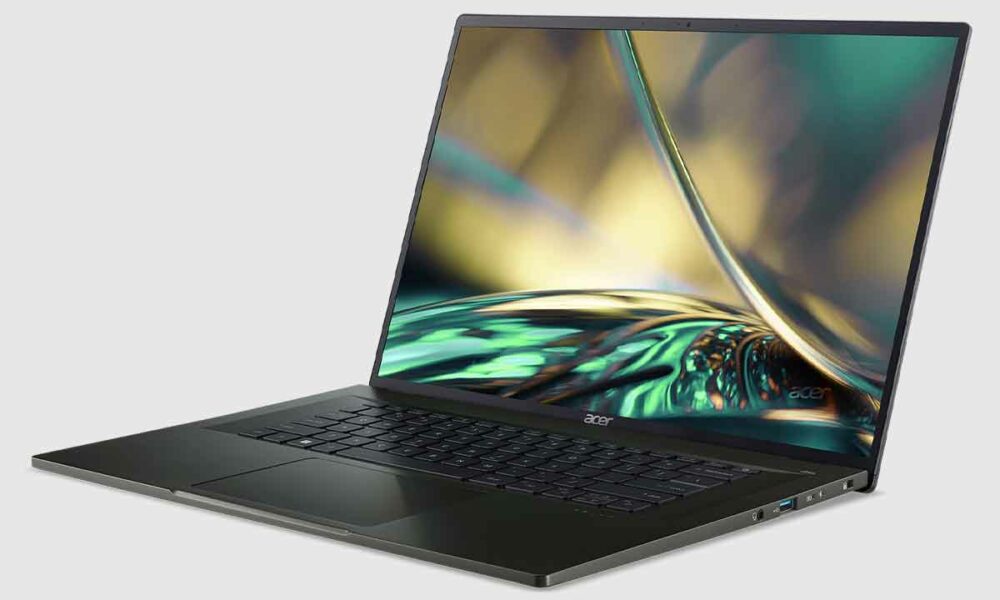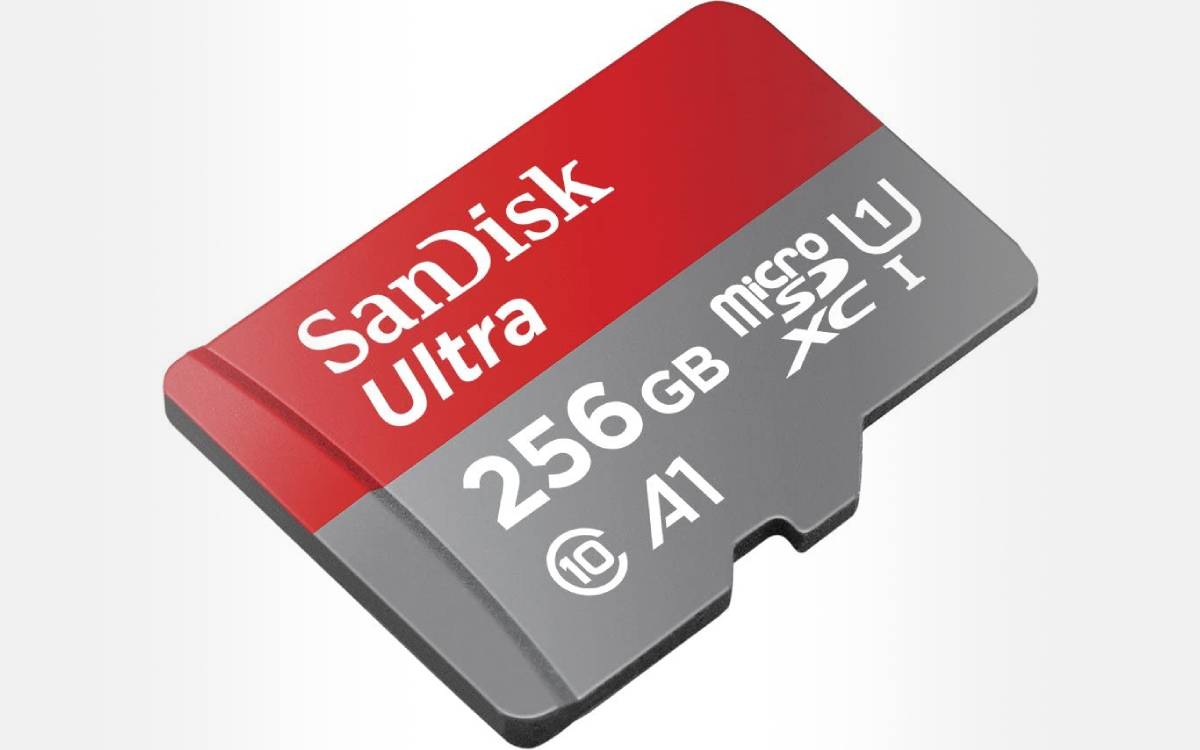
Analysts have estimated that the improvements to the Switch OLED did not justify, a priori, the increase in price of 50 dollars compared to the Classic Switch. Nintendo did not like it.
Did the improvements made between the classic Switch and the OLED version only cost Nintendo “$ 10″, while the firm sells its console for $ 50 more? The firm strongly defended itself, July 19, 2021, after this information was published by Bloomberg according to analyst estimates. ” A press article assures that Nintendo will make a greater margin with the OLED Switch compared to the classic (…) To be clear to our customers and our investors, we want to clarify that this statement is incorrect “, tweeted the official Nintendo account.
It is rare that the firm takes the floor to deny rumors or analyzes: usually, the Japanese manufacturer prefers to remain silent so as not to give them too much credit. The article from Bloomberg, a well-known media in the tech and video games sector, may have caused some concern in the financial markets.

The OLED Switch is not a “Pro” Switch
Nintendo announced the release of a new console called Switch OLED in October 2021: it is an iteration of the classic Switch, with a slightly larger screen and equipped with OLED technology, which in particular guarantees it to better contrasts – and, obviously, the result is pleasant.
On the other hand, it is obvious that the OLED Switch is not a “Pro” Switch as some expected: it has a 6 year old processor, the same definition (1280 x 720 pixels), will have the same Joy controllers. -Con (which unfortunately will run the risk of experiencing the same drift than on the first models).
It is for this reason that Bloomberg asserted that “ the cost of the upgrades has been estimated at around $ 10 per unit, which means that to continue to have encouraging sales figures Nintendo will increase its profit margin and rely on a large library of already existing games. According to an analyst interviewed by the American media, switching to an OLED screen would cost Nintendo between $ 3 and $ 5 (per unit), to which would be added $ 3.5 more for the increase in storage capacity to 64GB ( instead of 32GB), then a few more dollars for the Ethernet port and the wedge, larger than the original one.
Other experts interviewed considered that Nintendo would not have justified sufficiently precisely the details of the increase of 50 dollars. In France, the difference is even more significant: the Switch OLED will be marketed at 359.99 euros, against around 290 euros for the normal Switch and around 195 euros for the Switch Lite. It remains to be seen whether these price differences will affect the popularity of the OLED model, or whether the public will be there.



